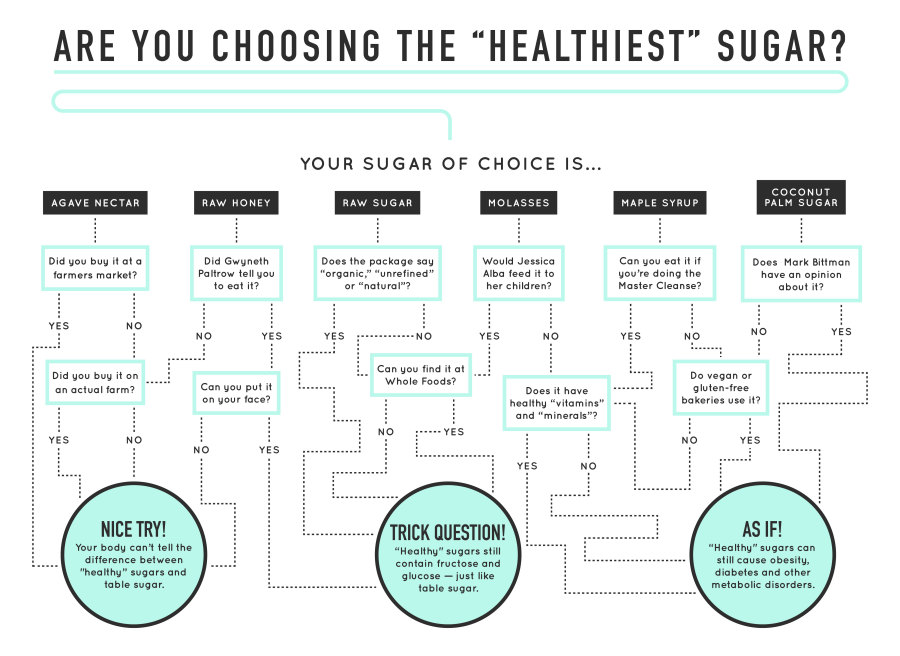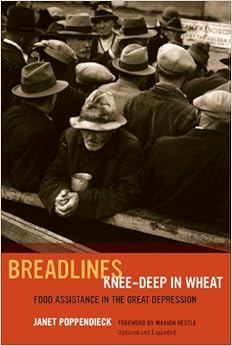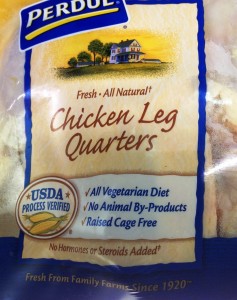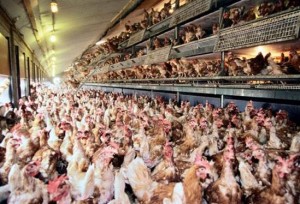Really, sugars are sugars. Some sugar is good. Less is better.
We need a break from school food issues.
I love this graphic, designed by Noelle Campbell. It’s from an article by Rebecca Adams in the Huffington Post (I’m quoted).


We need a break from school food issues.
I love this graphic, designed by Noelle Campbell. It’s from an article by Rebecca Adams in the Huffington Post (I’m quoted).

The Associated Press reported that First Lady Michelle Obama rallied supporters of the USDA’s nutrition standards for school meals in an off-the-record telephone call “with advocacy groups to discuss ongoing efforts around school nutrition and the significant advancements we have made to make it easier for families to raise healthy kids.”

Today the House Committee on Appropriations is doing its markup on the agricultural appropriations bill. This is likely to overturn nutrition standards established by scientific experts in order to:
As Politico puts it,
In the case of WIC and white potatoes, the provision follows on strong lobbying by the industry which is hoping to win similar language Thursday when the full Senate Appropriations Committee is slated to consider its own version of the same agriculture bill.
…For the industry, concerned that younger women have moved away from potatoes, gaining access to WIC is an important marketing tool.
Just as strongly, critics worry that the end result will be to open the door to other special interests and wreck a long-standing commitment by Congress to let independent scientists decide what foods are most needed.
As I see it, the food industry couldn’t get its way through the usual rulemaking processes, so it did an end run and got Congress to overturn the work of no less than three committees of the Institute of Medicine.
USDA Secretary Tom Vilsack explains what’s at stake:
The House bill would undermine the effort to provide kids with more nutritious food and would be a major step backwards for the health of American children, just at the time childhood obesity rates are finally starting to level off. School nutrition standards are developed by independent experts, over 90% of schools report that they are successfully implementing them, and studies show they are working to help kids be healthier. USDA has continued to show flexibility in implementing these new standards, and Congress should focus on partnering with USDA, states, schools, and parents to help our kids have access to more healthy food, not less.
In an e-mail, the Pew Charitable Trusts wrote:
We are disappointed that the House agriculture appropriations bill includes a provision that would weaken national nutrition standards for foods served in schools…it is unfortunate that the House would consider letting schools opt out of efforts to improve the health of children served through these program…Ninety percent of schools already report that they are meeting USDA’s updated nutrition standards for school lunches. Turning back now would be a costly mistake.”
The School Nutrition Association disagrees. In its version of reality, “since these standards took effect, more than one million fewer students choose school lunch each day, reducing revenue for school meal programs already struggling to manage the increased cost of preparing meals under the new standards.”
To this, Claire Benjamin of Food Policy Action, asks:
Why are Members fighting to roll back school nutrition standards? Our nation is facing a health and obesity crisis, and rather than think about the future of our children the members pushing for these rollbacks are only thinking about future campaign contributions,” said Claire Benjamin, managing director of Food Policy Action (FPA). “Schools have already made real progress implementing the reforms, and it is extremely disappointing that some members of Congress are advocating for business as usual.”
Other responses:
Write your Congressional representatives and ask them to leave nutrition standards to scientists, not food companies with vested interests in selling their products to government food assistance programs.
Additions, May 20:
Addition, May 21:
Addition, May 24:
Here’s a welcome addition to any library. Dan Barber, justifiably renowned chef of Blue Hill in New York City and at Stone Barns and its farm in Westchester, writes as well as he cooks—and that’s very well indeed.
The book contains his musings on who and what it takes to produce wonderful food that is also seasonal, locally sourced, and sustainably raised. He groups the musings on people, places, and cooking into four sections: Soil, Land, Sea, and Seed.
He explains the meaning of the Third Plate title:
As Barber puts it,
I was looking toward a new cuisine, one that goes beyond raising awareness about the provenance of ingredients and—like all great cuisines—begins to reflect what the landscape can provide.
To do that, he talked to farmers.
The farmers in this book farm one level down. They don’t think in terms of cultivating one thing…Instead, they grow nature by orchestrating a whole system of farming. And they produce a lot of things—delicious food, to be sure, but also things we can’t easily measure or see…I confess I kept getting pulled into visiting the farms in this book because I was in pursuit of how an ingredient was grown or raised…I went in search of answers to practical questions. Each time I tried to parse the specifics of how something was grown, I was instead pointed in the opposite direction: to the interactions and relationships among all the parts of the farm and then, with more time, to the interactions and relationships embedded in the culture and history of the place.
No wonder his food tastes so good!
This plea comes from the American Public Health Association (APHA):
APHA is partnering with the National WIC Association and other public health organizations to gather signatures on a letter urging Congress to reject any congressional intervention through the appropriations process to determine the composition of the WIC food packages.
The appropriate way to ensure that the WIC food package remains science-based is for USDA to engage the Institute of Medicine to conduct another review of the latest nutrition science, including consumption data.
…The potato industry remains unhappy about the potato’s exclusion from the WIC food packages, particularly in light of the release of the final food package rule. We fully expect members of both the House and Senate to propose amendments to the agriculture appropriations bills in their respective chambers mandating potatoes into the WIC food packages.
This would set a bad precedent that jeopardizes the scientific integrity of the WIC food packages.
Sign our sign-on letter to the House and Senate Appropriations Committees.
Please share the link with colleagues and friends!
Congressional interference with school nutrition standards is looming large on the horizon.
Margo Wootan of CSPI is collecting signatures on a petition to stop this. She writes:
Some members of Congress are playing politics with our children’s health. We expect they will act on Tuesday May 20 to gut nutrition standards through the appropriations process.
They might say they just want to provide schools with a little more “flexibility,” but their changes would roll back standards on salt, whole grains, fruits/vegetables, and snacks.
These are the same people who legislated that pizza is a vegetable (because it contains a little tomato sauce)!
…Thankfully, ninety percent of schools now meet the updated nutrition standards for school lunch, helping millions of students get more fruits, vegetables, and whole grains.
In summary:
SIgn the petition. Better yet, write you own letter.
Let’s be clear: democratic processes are at stake in attempts by the Maine potato growers and other self-interested parties to get Congress to overturn the USDA’s nutrition standards for the WIC program and for school food—through use of appropriations, not legislative, bills.
USDA hardly made the standards up out of thin air.
Now, Maine senators—who should know a lot better—are doing an end run around USDA’s process- and science-based regulations for the content of the WIC package. These, as I’ve written before, exclude white potatoes because WIC recipients already eat plenty of them.
And now 43 members of the House, mostly Republican, want the USDA to weaken the rules for school meals.
School meal standards, let me remind you, were the result of no less than three scientific and policy reports from the Institute of Medicine, and rulemaking processes that allowed ample public input.
URGENT: write your congressional representatives and ask them to vote against these attempts to undermine the integrity of USDA’s nutrition standards. Congress is working on these measures right now.

I wrote the Foreword to this updated and expanded edition of Jan Poppendieck’s 1986 classic.
What a gift to have this new edition of Breadlines Knee-Deep in Wheat, too long out of print, and badly missed…Food assistance is what this book is about. Breadlines tells the story of how the U.S. government, confronted with destitution during the Great Depression of the 1930s, first became involved in feeding the hungry.
Government agencies attempted to resolve two pressing social and political problems with one stroke: breadlines, the unemployment-induced poverty that forced great masses of people to line up for handouts of free food, and knee-deep in wheat, shorthand for the great bounty of American agriculture that was available at the time, but unaffordable and allowed to rot or intentionally destroyed.
The solution: distribute surplus commodities to the poor while also—and politically far more important—providing farmers with a paying outlet for what they produced. The earlier chapters of Breadlines focus on the politics—as played out in disputes between members of the Roosevelt administration—that led to a critical shift in the focus of food distribution programs. Once aimed at hunger relief, the programs ended up aimed at protecting the income of farmers.
As a result, the hunger problem remained unsolved…. Breadlines has much to teach us about the historical basis of today’s politics of hunger, welfare, and agriculture policy.
Janet Poppendieck deserves much praise for writing this book and bringing it up to date, and so does University of California Press for producing this most welcome new edition.
George Faisan sent me this photo of a package of Perdue’s USDA process-verified chicken.

I wrote about this chicken in 2011.
At the time, I pointed out that broilers are usually raised on grain, are not usually fed animal by-products, and are never fed hormones or steroids. And cage-free usually means something like this:

The USDA does indeed have a process verification program . As I explained in 2011, it is a marketing program that allows producers to make claims and create certification logos.
My 2011 remarks elicited a response from a Perdue official implying that the only antibiotic used in their chickens is one used to deal with coccidiosis, and it is not used in humans. He said Perdue is a family-owned company trying hard to do this right.
My remarks also elicited a response from Tyson, a Perdue competitor:
Dr. Nestle is correct that Perdue’s claims are marketing hype. The process verified label is confusing to consumers because it implies that Perdue’s practices are more humane than other producers and that other producers raise broilers in cages. Neither of those claims are true. Tyson filed a petition, supported by consumer survey research, requesting that USDA revoke that label.
The Tyson petition objected to Perdue’s use of Process Verification on the basis that its labels are misleading.
USDA disagreed. It defended the Process Verified Program as
a voluntary, user-fee program that is open to all companies…to gain a marketing advantage for their products. Perdue’s competitors are free to participate in the program and obtain the same marketing advantage.
In 2011, Perdue was claiming that its chickens were “humanely raised.” It’s not doing that anymore.
Backyard chickens, anyone?